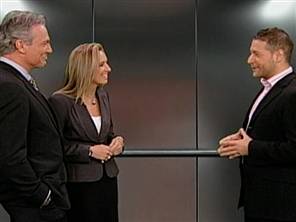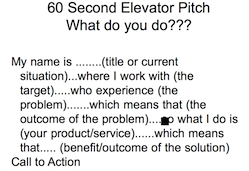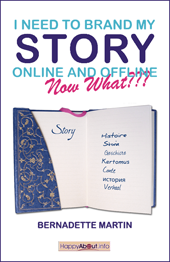A Guest Entry for Blog Action Day 09 by Cathryn Wellner
Blog Action Day is an annual event on Oct. 15 that unites the world’s bloggers in posting about the same issue on the same day. This year the issue is climate change. The aim is to raise awareness and trigger a global discussion. I am joining more than 7,000 bloggers in presenting an entry on this subject today. Obviously, I wanted to tie the entry to storytelling, so I invited Cathryn Wellner to submit this guest entry since she is both a storyteller and passionate about the climate-change issue.
With a subject as serious and controversial as climate change, people on all sides of the debate can bristle when a scientist refers to it in terms of “myths”.
Climate scientist Mike Hulme has ventured into the realm of myth to urge people to “use the idea of climate change to rethink and renegotiate our wider social and political goals.” He cautions against “the exaggerated language in the description of climate change risks.”
Some use this as confirmation that climate change is a nothing to worry  about. Others accuse Hulme of dismissing the most serious issue on the planet.
about. Others accuse Hulme of dismissing the most serious issue on the planet.
Both sets of critics misunderstand Hulme’s intent. I can’t claim to crawl into his mind, but my reading of his 2007 essay, Climate change: no Eden, no apocalypse, tells me that many of his critics misunderstand the power of myth to guide our actions.
Myths, after all, are not just lies told to mislead gullible people. They are stories that explain how the world works.
Hulme writes, “The Intergovernmental Panel on Climate Change has constructed a powerful scientific consensus about the physical transformation of the world’s climate. This is a reality that I believe in. But there is no comparable consensus about what the idea of climate change actually means. If we are to use the idea constructively, we first need new ways of looking at the phenomenon and making sense of it.”
Hulme frames the way we communicate climate change through the lens of four myths.
In the Edenic myth, we long for an idyllic past and see the natural world as fragile and in need of protection. “[W]e are uneasy with the unsought powers we now have to change the global climate.”
The Apocalyptic myth focuses on disaster. It betrays our fears for the future but and calls us to act.
In the Promethean myth, climate is “something we must control, revealing our desire for dominance and mastery over nature but also that we lack the wisdom and humility to exercise it.”
The fourth myth, Themisian, shows concern for those who will be unequally harmed by climate change. “Climate change becomes an idea around which calls for environmental justice are announced, revealing the human urge to right wrongs.”
For the most part, the myths we live by are invisible. Behind the scenes, they guide our actions. Hulme writes, “The four mythical ways of thinking about climate change reflect back to us truths about the human condition that are both comforting and disturbing. They suggest that even were we to know precisely what we wanted — wealth, communal harmony, social justice or mere survival — we are limited in our abilities to acquire or deliver those goals.”
Copenhagen will be the scene of the next round of global climate change talks. It will be fascinating to compare Hulme’s four myths with the stories delegates bring to the table and the actions they take, or fail to take, based on them.
Mike Hulme is Founding Director of the Tyndall Centre for Climate Change Research, coordinator of the EU’s project on options for European and global climate policy, and a Lead Author on the Inter-governmental Panel on Climate Change from 1996 to 2001.
Cathryn Wellner is a storyteller and writer in Kelowna, British Columbia. Her early work as a performer morphed into community development, with a focus on organizational narrative.






